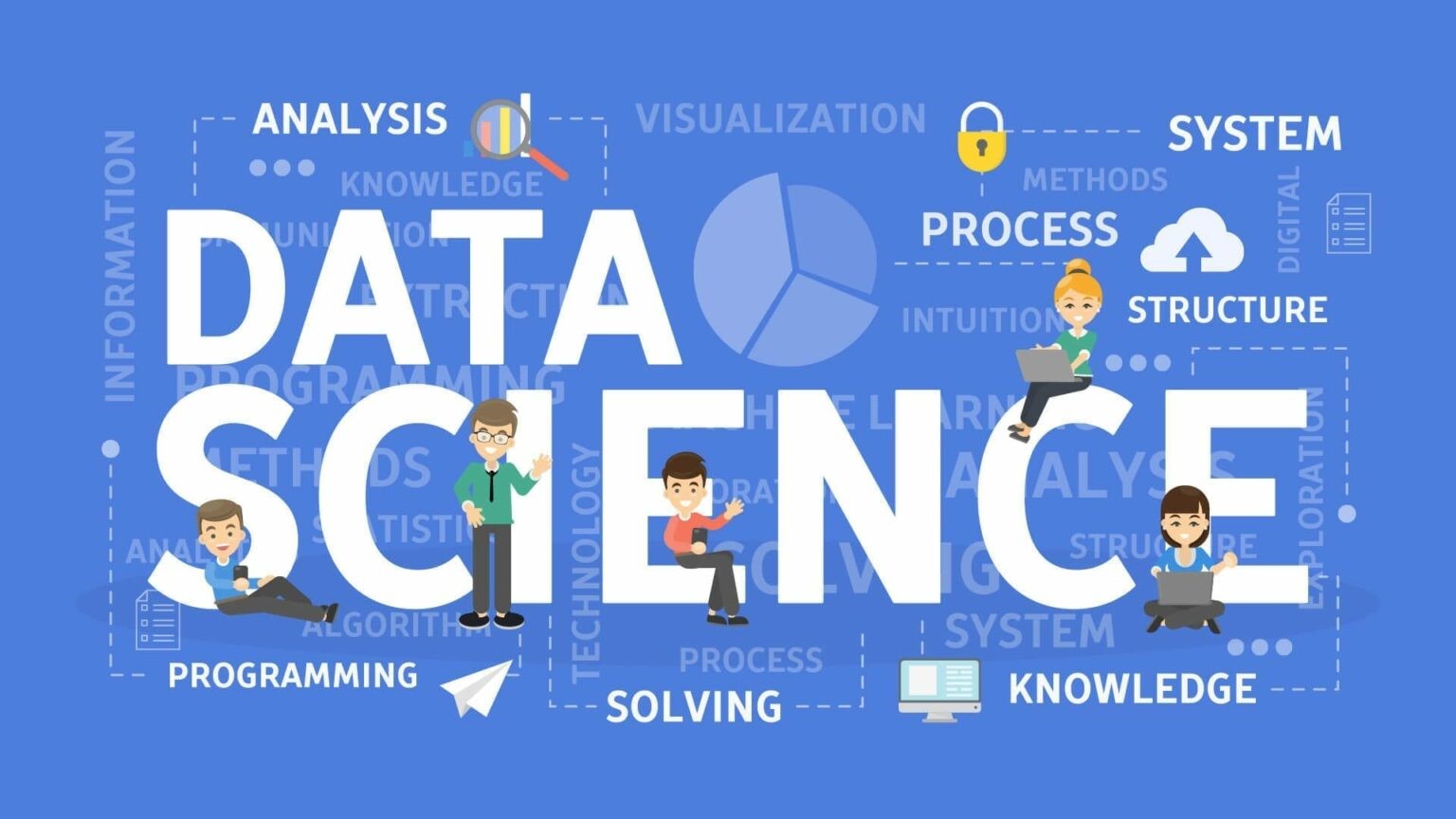According to reports in the media, experts have declared 2017 to be “the year of data literacy and digital transformation.” Although data is critical in the digital transformation process, many businesses approach it incorrectly. Data and analytics initiatives are only completed in 13 percent of cases, and only 8 percent of firm executives are completely satisfied with the outcomes of those efforts.
What exactly is going on with data science projects that produce subpar results?
Generally speaking, failures may be traced to four major pitfalls:
· Starting with the wrong questions
· Using erroneous data
· Lacking stakeholder buy-in
· A lack of diversified talents
When CIOs and IT directors are aware of the common dangers of data science projects, they can better lead projects that provide substantial insights and help the overall success of a company’s digital transformation.
Using the incorrect questions as a jumping-off point –
In data science projects, there is a common mistake: they begin by researching data in the hopes of revealing an interesting insight that can be utilized to establish a business case for the change.
It is normal for this “exploratory analysis” method to generate hundreds of visually appealing data projects due to its use in research. However, is there any of them who has a solid business case that can reduce expenses, attract repeat customers, or retain employees ?’s any of them have a solid business case that can lower expenses, attract return customers, or retain employees ?’s A waste of time and money attempted by trying to squeeze too much into a single “exploratory” endeavor?
Instead of starting a project without a clear end goal in mind, concentrate on how it will add value to the organization from the very beginning. For example, projects for hypothesis-testing begin with a specified set of questions that suggest which data should be studied and which data should be ignored.
This customized method directs IT resources to the information most likely to generate trustworthy and relevant insights, speeding up the data mining and analysis process and yielding faster results. An efficient data science project begins with a carefully defined research question, leading to increased accuracy and efficiency, and valuable insights into the project’s progress.
You can take Data Science training in Delhi if you really want to become a data science expert.
Taking action based on inaccurate or inadequate information –
A project’s success is dependent on the accuracy of the data it uses; nevertheless, the most prevalent reason for project failure is the use of inaccurate information. Therefore, data cleansing is important because you may get erroneous results if you don’t spend enough time on it. Because of the necessity of data cleanup, a good rule of thumb is to allocate 80 percent of the project’s total time to it.
Even though this may be a significant effort, working with clean data speeds up the rest of the project, making it the most significant time saver. Consider the possibility of making any mistake leading to a flawed insight, which could result in the collapse of an entire project and the loss of support from top management for future digital transformation efforts.
The use of modern cloud and data ingestion technologies allows unstructured data to be combined, mined, and correlated in various ways, making it easier to handle and decreasing time and infrastructure requirements and errors in the long term.
Stakeholders’ lack of interest in the project –
Data science projects may have an impact on the company’s management team. If project stakeholders do not support and commit to adopting improvements, projects may be suspended or fail.
The most effective way to create business alignment throughout an organization is to develop a clear data strategy and plan that everyone can follow.
It is essential that when it comes time to put the project into action, all stakeholders are on board with its objectives and fully committed to seeing it through to completion within their respective organizations. As long as the initiative’s value is established in a good business case, stakeholder hurdles are less likely to prevent the project from achieving its goal of success.
Diverse knowledge is scarce –
It is a widely held idea that all data-related tasks should be handled completely by the information technology (IT) department. There is no way to avoid tragedy if you don’t plan ahead of time. The use of data analysis technology is essential, yet the information generated by these technologies is often not useful or informative. Therefore, it is vital to include the appropriate personnel in the project, regardless of whether or not they are affiliated with the department they report to.
For good data science efforts to be successful, several criteria must be in place, including the ability to recruit team members with a diverse variety of skills from within the organization.
Because they are working together, they may bring diverse talents, expertise, and experience to bear on the project’s objectives and strategic direction.
Data Initiatives Benefit from a team member familiar with the organization’s internal workings to stay on track with the original business objectives. While using everyone’s collective knowledge and skillset, having more individuals look at the project enhances the likelihood that flaws will be detected early in the project’s development.
